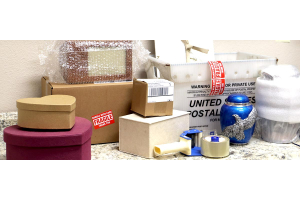
When choosing the material for a memorial, memento, award or decorative piece, glass almost always wins out over wood or metal. It’s bright, fresh, clean and long-lasting, and when it catches the light it glitters and sparkles like nothing else.
Engraving glass with words and date or a picture, turns it from something attractive into a unique piece of work that will help you remember a key moment or an important person or achievement. There are many different types of glass and several ways to engrave it.
This guide will help you decide which will best meet your needs.
Glass comes in many types and an almost limitless variety of shapes. Glass composition affects both appearance and cost. Only by understanding the differences can you pick the type and style that’s right for your purpose or application. Again, this guide will help you choose.
It also matters who does the engraving. Some engravers can only do surface engraving. Others may claim they can do 3D subsurface engraving but lack the equipment or expertise to produce really high quality results. Here at In The Light Urns we have the latest and greatest equipment to provide you with the highest quality product. Our in-house graphic designer works with you every step of the way to make sure you not only have a great product but the best experience possible.
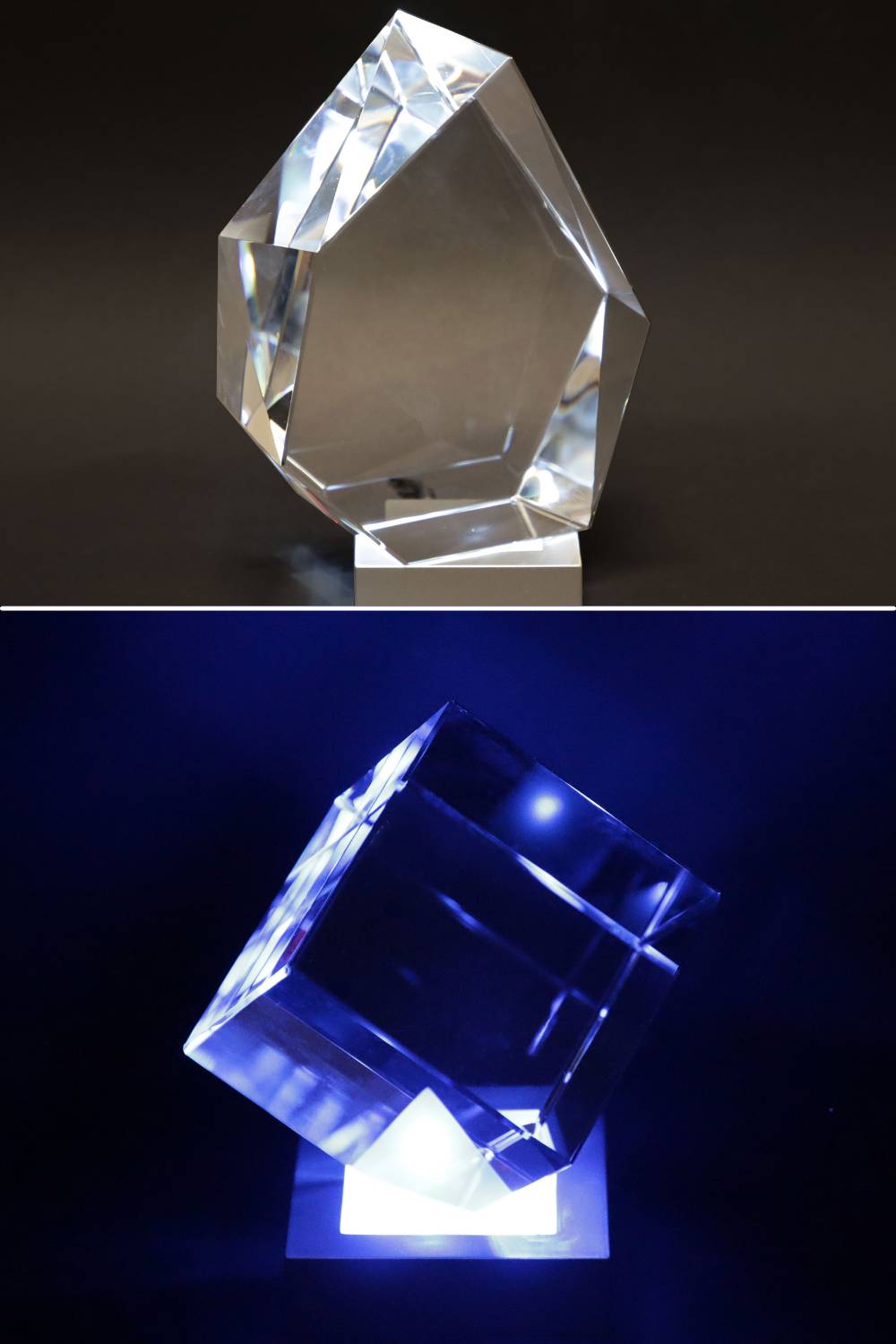

Why Buy Engraved Glass?
Glass is hard and long-lasting. There’s glass in cathedral windows that’s over 500 years old. Glass may seem fragile but that’s only because of how it’s shaped and the loads applied. A solid piece of glass resists the heaviest shocks and impacts.
When you have glass engraved you’re creating something that’s going to last a very long time. It won’t age, fade or get torn and you’ll be able to pass it on to other family members like a message or gift from the past.
Glass engraving means more than just inscribing words and dates. That’s often a wonderful way of creating a memento, souvenir, award or memorial but engraving can do more. Engraving can produce a picture and even replicate a treasured photograph.
The 5 Things to Consider When Buying Laser Engraved Glass Items
- Glass type, shape and style
- Type of engraving
- Ensure you know what you’ll be getting
- Consider accessories too
- Additional points
1 - Glass Type, Shape and Style
The glass used for memorials and ornaments isn’t the same as that used in windows. Though it might seem surprising, window glass isn’t actually that clear. It only transmits about 90% of the light that falls on it. As a result, looking through multiple layers or thick pieces is a little like peering into a dense fog.
Making matters worse, window glass often contains tiny inclusions and bubbles. These look unsightly, but more importantly, they limit the ability of the laser to create really sharp engravings.
Optical Glass - The glass used for engraving is optical glass. Like window glass, this is made from silica (technically, silicon dioxide, which is a form of sand,) soda (sodium oxide) and lime (calcium oxide,) but with the addition of lead, boric oxide or barium. These additions improve transmissivity, reduce the amount of scatter inside the glass, and raise the refractive index, (the measure of how light bends at the glass-air interface.) The effect is to make the glass crystal-clear and improve the precision of the laser.
There are several types of optical glass. The three found most often are borosilicate BK7, K9 and BaK4.
- BK7 - is a Schott produced Borosilicate Crown glass
- K9 - K9 is essentially the same as BK7 but made in China
- BaK4 - BaK4 tends to be the more expensive of the three
If the glass is lead-free the name is prefixed by a letter “N.” Glass made with at least 24% lead is referred to as “lead crystal.” Lead crystal is desirable in stemware because of the way it sparkles, but it’s a poor choice for laser engraving. The issue is that higher levels reduce the ability of the laser to form micro-fractures. Or to turn this around, laser engraving is easier on glass with little-to-no lead.
Jade Glass - Another type of glass that’s popular for awards is jade. Jade glass is a high quality glass but not of optical grade. It has a greenish tint that results from an increased iron content. Many people think jade glass gives awards a more prestigious appearance than if they were completely clear.
Glass can be cast or cut and polished into almost any shape. Awards are often relatively thin, (less than 3/8”,) rectangles, circles or ovals mounted vertically but memorials and other objects can take the form of cubes, spheres or any other shape. Even key rings and wine bottle stoppers can be made from glass. Click here for more information on how to choose the right glass.
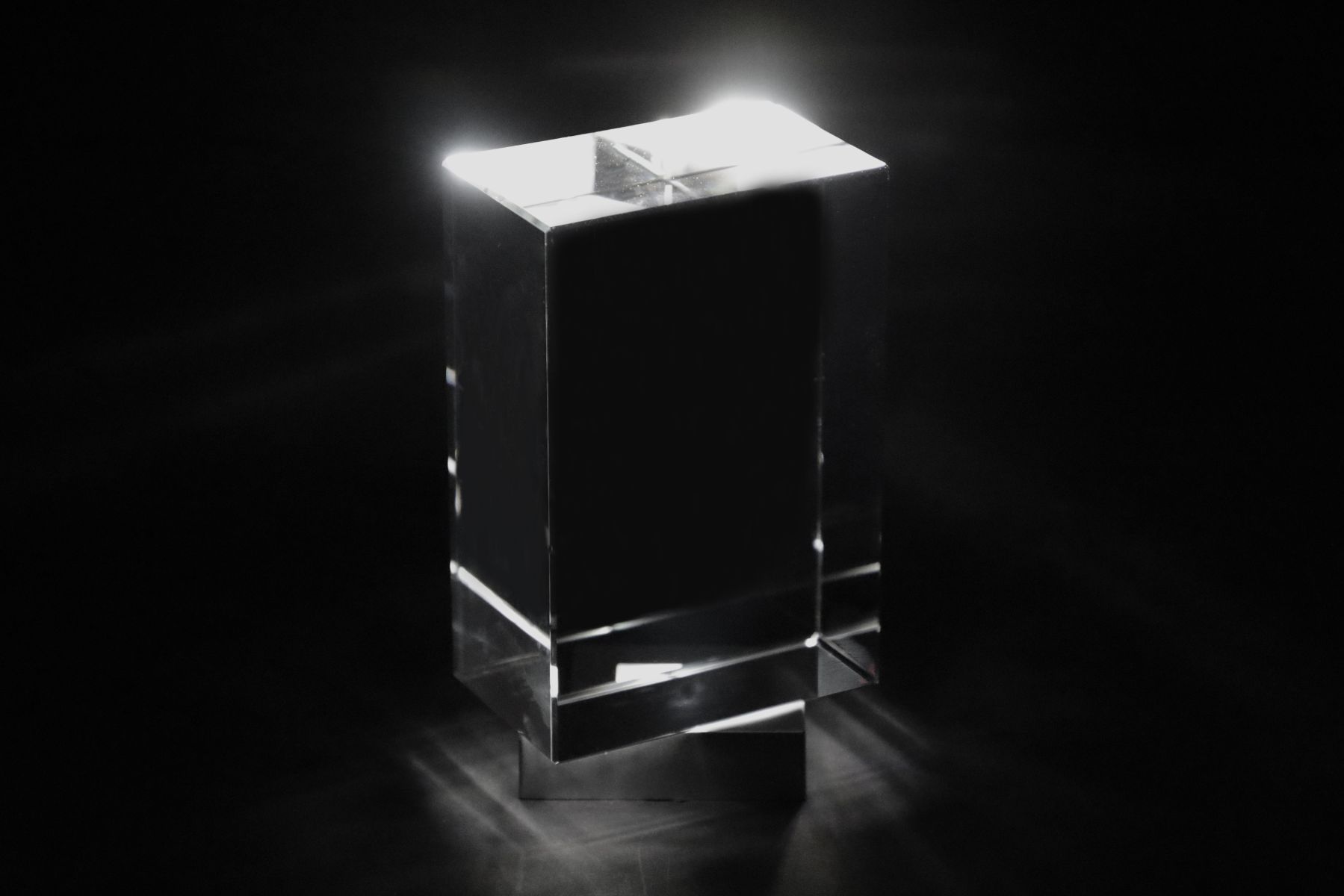

2 - Type of Engraving
- Etching involves the use of chemicals to mark otherwise smooth glass. Strong acids are often used, although a slightly less hazardous material is glass etching cream or paste. (This is still acidic and potentially dangerous.)
- Engraving glass by hand is a slow process that needs a very high level of skill. As a result, it’s very expensive. It’s also just about impossible to create identical markings on successive pieces.
- Sand Blasting is faster, and with the use of a template, can be very repeatable. The problem is that making a template draws out the process and adds cost.
- Laser engraving is performed on a computer-controlled machine. This provides a very high level of accuracy and repeatability and is also very fast. Thus it’s fair to say that laser engraving gives almost the quality of a master craftsman but at a much more affordable price.
Laser engraving is a modern form of the stipple process described earlier. This technique can produce pictures as well as letters and numbers on the glass.
In addition, unlike other engraving processes, laser engraving can work inside the glass in a technique referred to as subsurface engraving. This can reproduce text and pictures, but as a further enhancement, pictures can be given depth for a 3D effect if desired.
Creating 3D pictures in glass, which is done mostly of people and animals, needs special software and a photograph to work from. The software subtracts the background before “wrapping” the picture onto a set of three-dimensional coordinates for the laser to follow. Best results need a high quality laser, preferably green, and a very repeatable laser positioning system.
This versatility means that when you’re exploring options for engraving you should be open to the idea of doing more than just putting words or pictures on the surface.
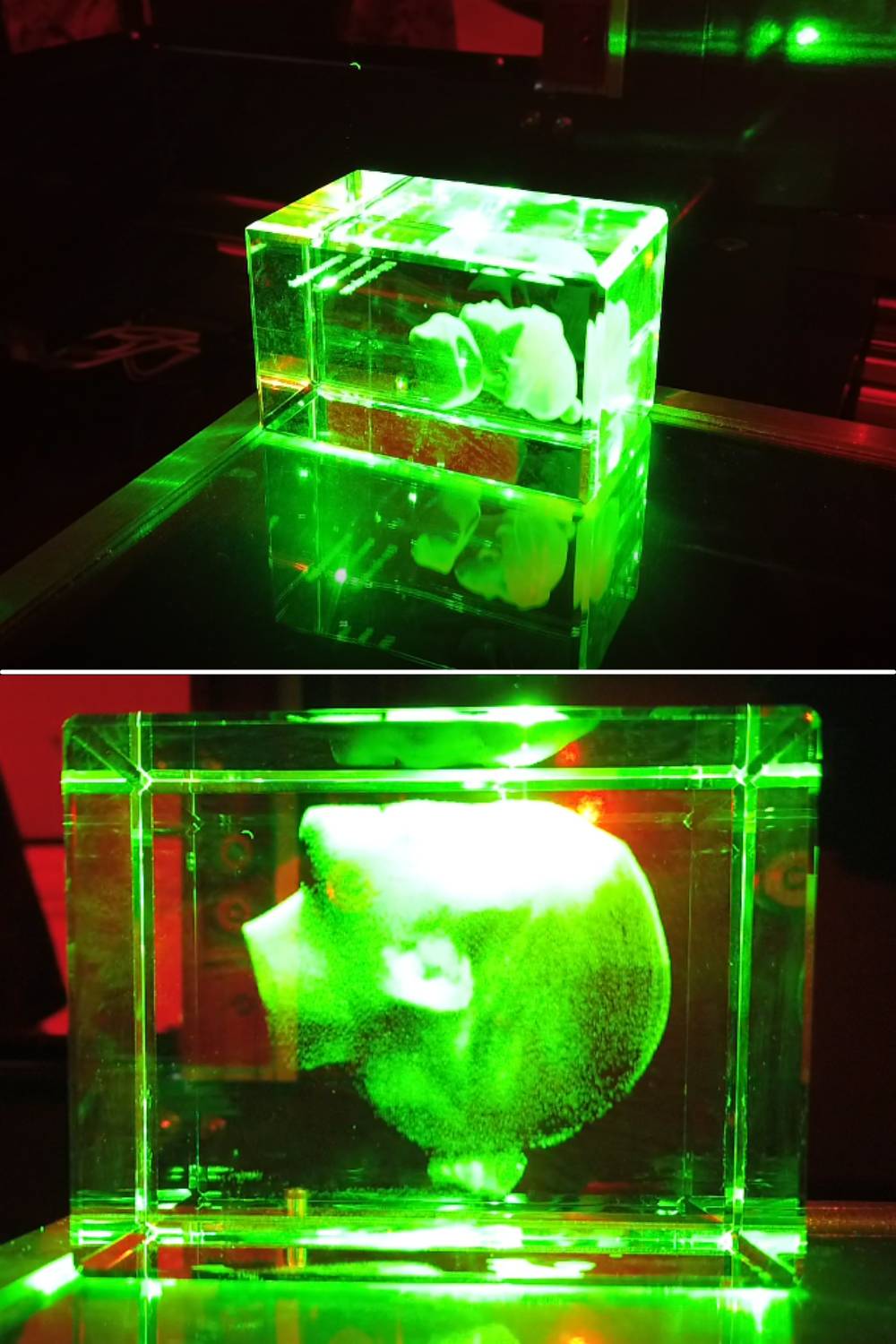

How Glass is Engraved
Engraving glass entails removing a very small amount of glass and leaving a slightly textured surface that creates a frosted appearance. (Printers would refer to this as an intaglio process where the picture is created where material was removed.) Craftsmen have been engraving glass since the Roman era although it really came to the fore in the 16th Century.
These highly skilled artisans mostly used a technique called diamond point engraving. This is where they essentially scratch or mark the glass with a single point. An enhancement of this technique is stipple. Here a picture is composed of many closely spaced dots, (rather like the pictures in an old newspaper or on a cathode ray tube TV.)
A technique used by some of today’s craftsmen is to engrave with very hard wheels and drills. Alternatively, sand blasting is another method. In this approach a template is applied over the glass, leaving only the region to be engraved exposed. A high pressure jet of air and sand is directed at the exposed glass, which creates the micro-fractures that provide the frosted appearance.
Most recently, lasers have emerged as the newest glass engraving technique. This works by focusing a beam of monochromatic light down to a very small spot. The heat produced raises the temperature of the glass enough to create cracks. Typically, laser-induced cracks are 0.0016 – 0.0032” in size, which is enough to create a tiny spot in the glass.
To make a picture the laser scans over the surface, at a set distance above it, firing as needed to make a picture.
3 - Ensure You Know What You’ll be Getting
Ordering a bespoke engraved glass award, ornament or memorial is a process rife with pitfalls. If you don’t know all the options available you will probably not ask for or receive exactly what you had in mind. Plus, engravers have differing levels of knowledge, expertise and equipment. This is why, to avoid disappointment, we suggest you make sure you understand exactly what you will get.
Start by looking at samples from the seller, preferably several different types, (surface and subsurface engraving, and different types of glass.) Satisfy yourself that the engraving technique they use is what you’re looking for. More specifically, consider whether you want:
- A flat 2D image on the surface or in the glass
- A layered design that slices an image into foreground and background
- A fully 3D designed image
The latter is usually the most eye-catching and attractive but not every engraver has the capabilities needed to produce a high quality result. If you want a 3D image you must satisfy yourself that the engraver can do this.
At In The Light Urns, we use the latest technology to make these crystals completely in-house. From the moment you submit your order until you receive it, we are committed to making sure you not only have the best quality product, but also a great experience throughout the process.
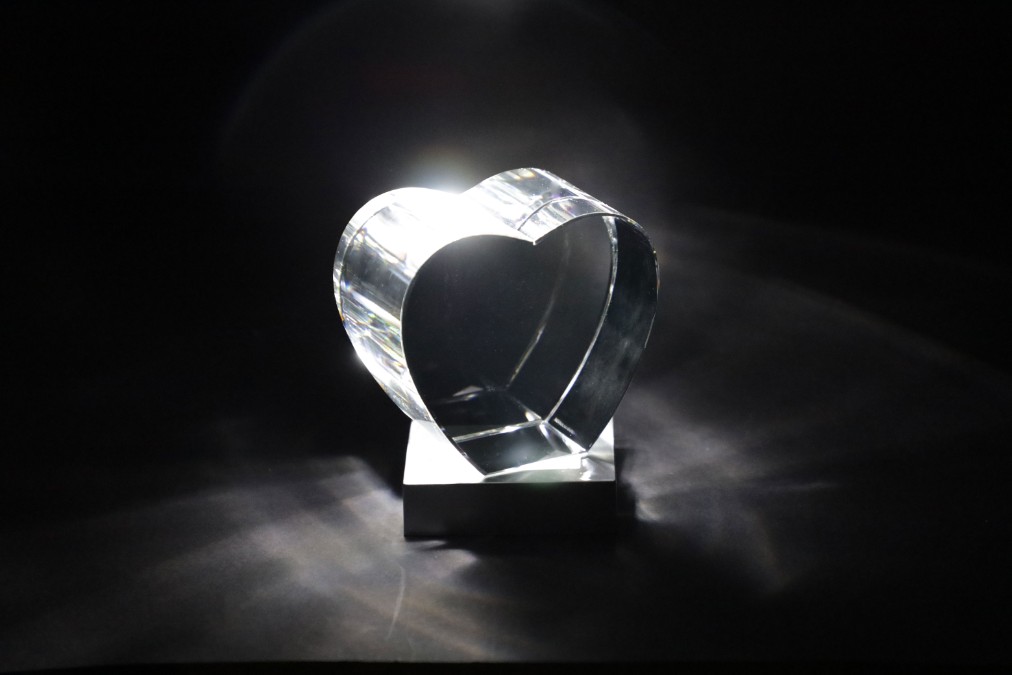

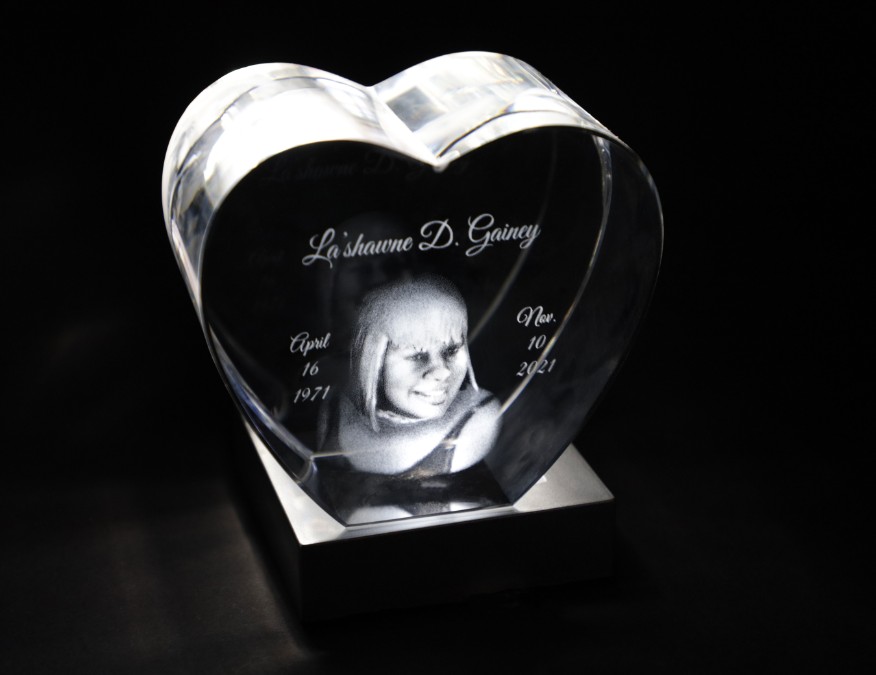

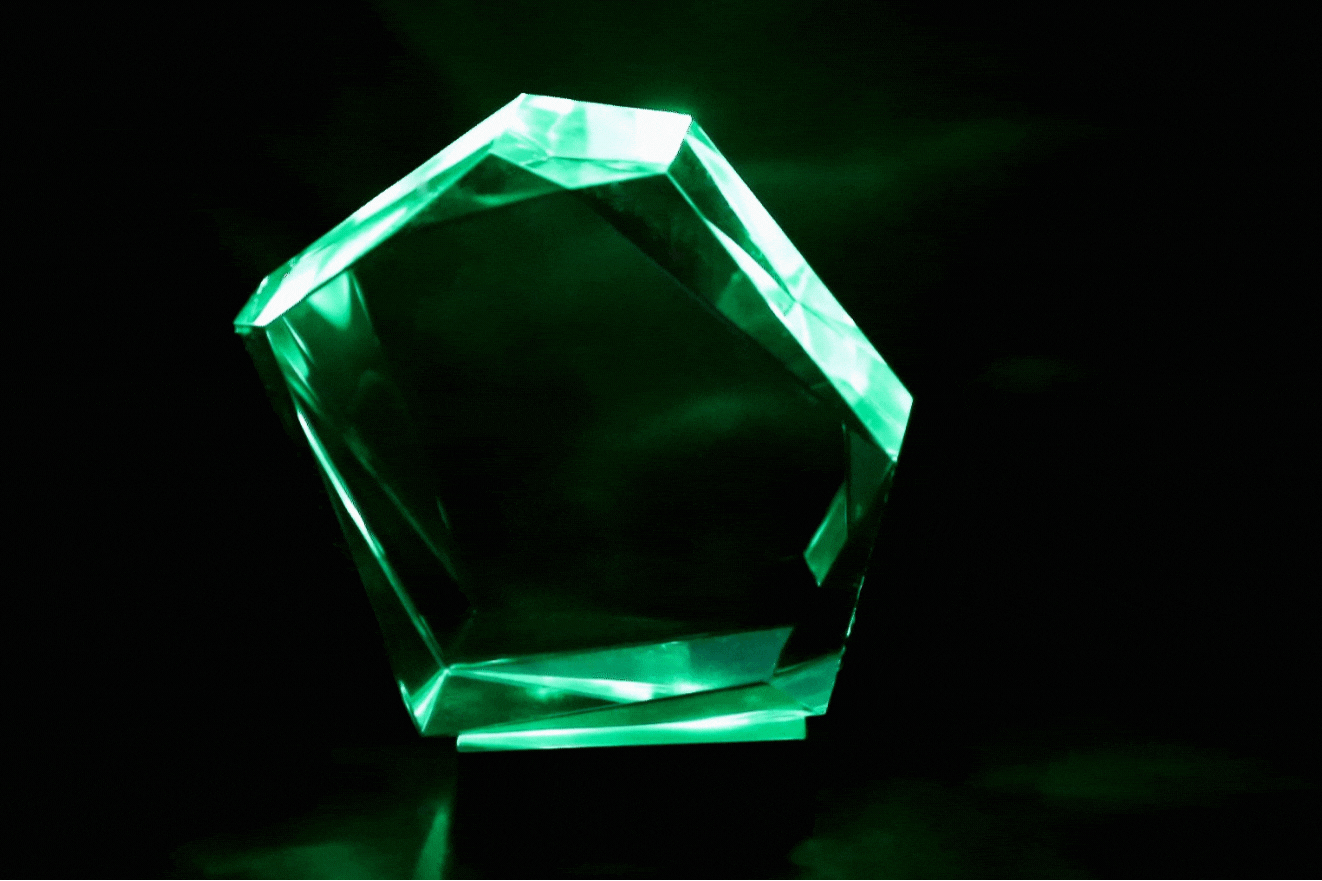

4 - Consider Accessories Too
In some cases the engraved glass item might be all you want but more often it will need accessorizing to make it look its best. For example, you may want a stand to hold your piece of glass in a particular orientation or simply to hold it upright on a desk or shelf.
Awards in particular often look even more formal and prestigious when the glass is set off by a quality wooden frame, stand or surround.
One display option that yields stunning results is a light stand. This is a stand or base with a small light inside. When the glass object is placed on this it will be illuminated from below. The light passes into and through the glass, adding sparkle and increasing contrast between the engraving and the glass itself.
Note that if you’re thinking about a light box it’s important to consider color temperature. LED lighting can have a cold, blue tint, which may not be what you want. Ask about color temperature before ordering and if possible, look at some examples.
When you’re not in the business of buying engraved glass every day, it can be hard to know what type of accessories will work best. We are here to help you make a decision!
5 - Additional Points
If you’re having a photograph engraved into glass it pays to spend some time choosing which one to use, or even taking more.
Higher resolution is always better, and make sure the details you want to keep are clearly visible. Ask us for any particular requirements or recommendations.
If you’ve decided to order a 3D subsurface engraved picture you may be asked for additional photos to help with the 3D modeling. This is another reason you might want to set up a photo shoot specifically for the purpose of getting photos for the engraving process. (Of course, there are circumstances where that just isn’t possible.)
There is quite a lot of work involved in creating the program for the laser and actually engraving the glass. Don’t wait until the last minute before placing your order. Ask us what delivery options and give yourself some time in advance.
Don’t Rush, Educate Yourself and Speak With Experts
Museums and private collections are home to many stunning engraved glass artworks created by craftsmen. Until fairly recently, creating such pieces was a slow, and therefore very expensive, process. That changed when first sandblasting, and now laser engraving, emerged. These have shifted the economics of glass engraving and made beautiful and unique pieces available to everyone.
If you haven’t previously considered commissioning an engraved glass memorial, award or memento, you should familiarize yourself with what’s available and what’s possible. Glass is extremely long-lasting and doesn’t age or deteriorate like other materials. And by virtue of its ability to reflect, refract and transmit light, it can look far more attractive.
This guide explains what you should know and consider before ordering an engraved glass piece. If, after reading it, you’re still unsure about what would work best for you, reach out to us. We’ll be happy to answer your questions and help you reach a decision.





